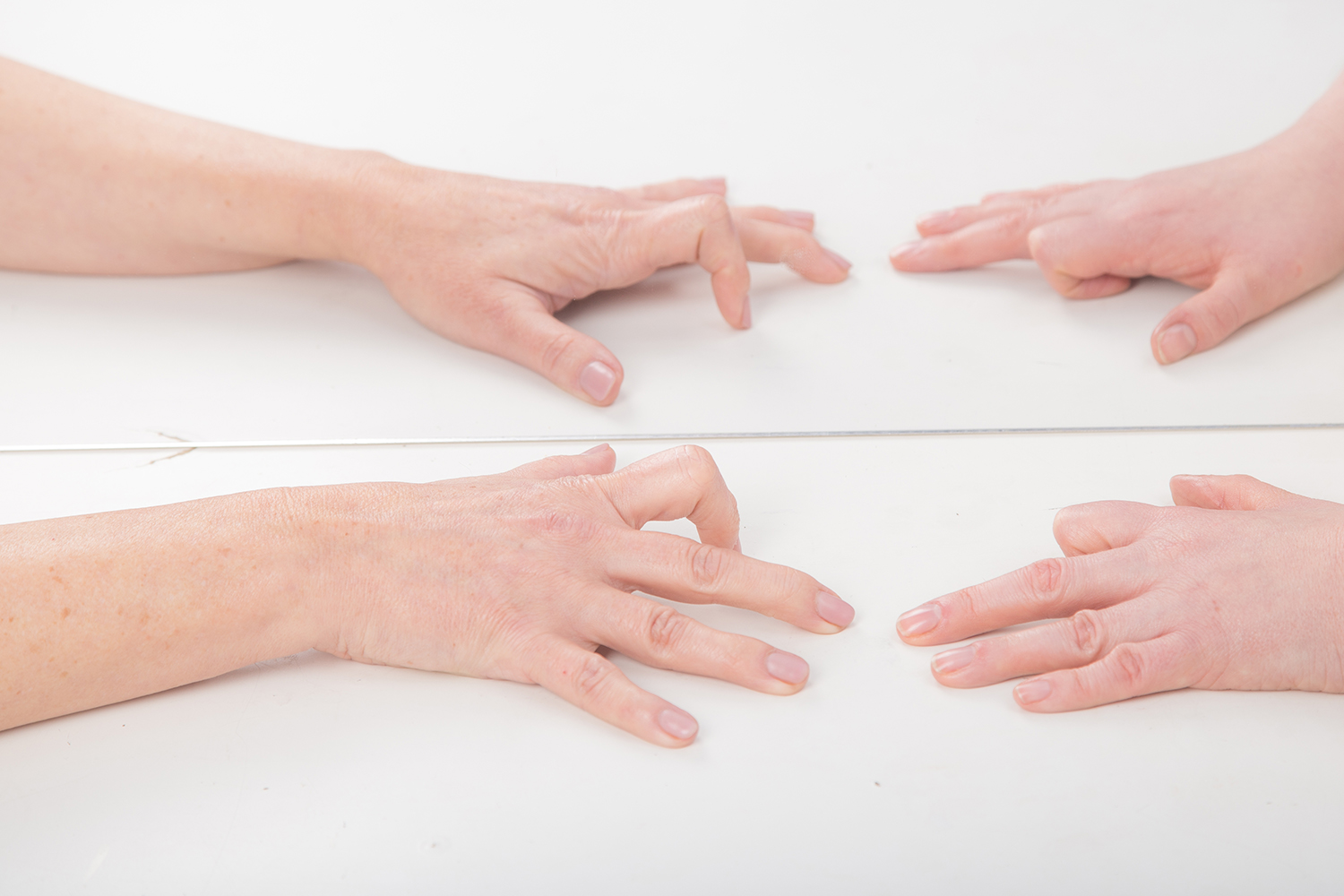Overview
Complex Regional Pain Syndrome (CRPS), a condition marked by excruciating and often inexplicable chronic pain, presents a formidable challenge to both patients and medical professionals worldwide. Despite its prevalence, CRPS remains a perplexing enigma, its mechanisms still not fully understood. However, international research efforts, spanning continents and cultures, have provided invaluable insights into this debilitating condition, shedding light on its complexities and paving the way for more effective treatments.

Global Perspectives on CRPS:
CRPS transcends geographical boundaries, affecting individuals across diverse populations and regions. International research initiatives have underscored the universality of CRPS while also highlighting unique cultural and epidemiological factors that may influence its manifestation and management.
Epidemiological Variances: Studies conducted in various countries have revealed differences in the incidence and prevalence of CRPS, suggesting potential geographical variations in risk factors or diagnostic practices. While CRPS affects individuals worldwide, certain regions may exhibit higher rates of the condition, warranting further investigation into environmental, genetic, and socio-cultural factors that may contribute to its prevalence.
Cultural Influences on Pain Perception: Cultural beliefs and attitudes toward pain can significantly impact the experience and expression of CRPS symptoms. International research has elucidated how cultural norms surrounding pain expression, stoicism, and healthcare-seeking behavior may influence the diagnosis and management of CRPS. Understanding these cultural nuances is crucial for providing culturally sensitive care and addressing disparities in access to treatment.
Treatment Disparities and Global Health Equity: Disparities in access to healthcare and treatment modalities pose significant challenges for individuals with CRPS, particularly in low- and middle-income countries. International research efforts have highlighted inequities in CRPS management, emphasizing the need for global health initiatives aimed at improving access to pain management services, rehabilitation programs, and multidisciplinary care.
Research Insights from Around the World:
Neurobiological Mechanisms: International collaboration has led to significant advancements in our understanding of the neurobiological mechanisms underlying CRPS. Multicenter studies employing advanced imaging techniques, such as functional MRI and PET scans, have elucidated alterations in brain connectivity and neuroplasticity associated with CRPS, providing valuable insights into central sensitization and maladaptive pain processing.
Genetic and Molecular Factors: Collaborative genome-wide association studies (GWAS) have identified genetic polymorphisms associated with an increased risk of CRPS development. International research consortia have facilitated large-scale genetic analyses, revealing potential genetic markers linked to susceptibility and treatment response in CRPS patients across diverse populations.
Multimodal Treatment Approaches: Comparative effectiveness research conducted in different healthcare settings has evaluated the efficacy of various treatment modalities for CRPS, including pharmacological interventions, physical therapy, psychological interventions, and interventional procedures. International consensus guidelines and treatment algorithms have been developed to standardize care and improve outcomes for CRPS patients worldwide.a


